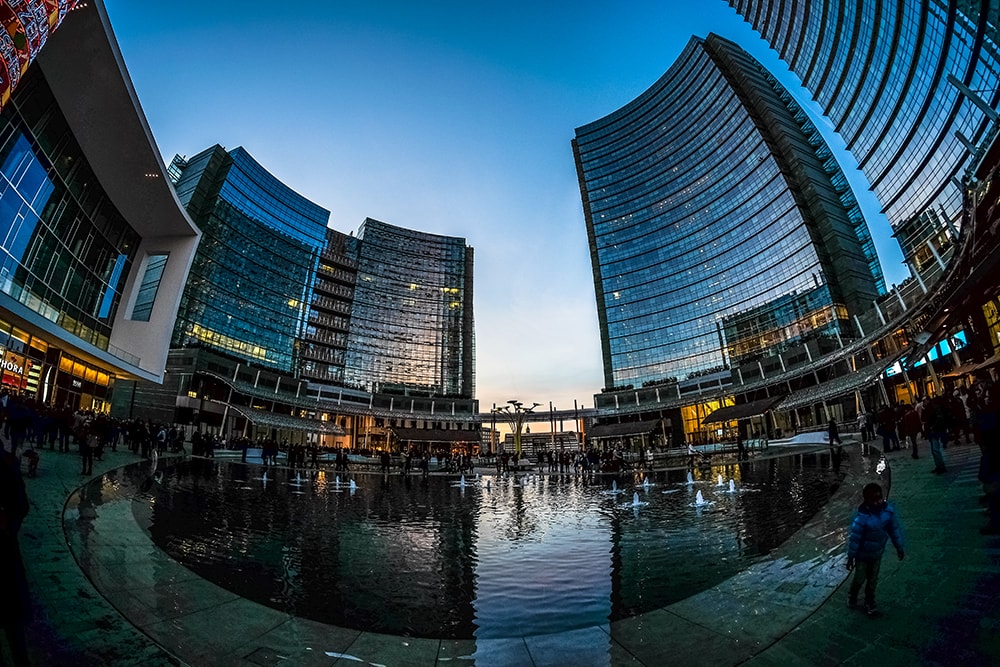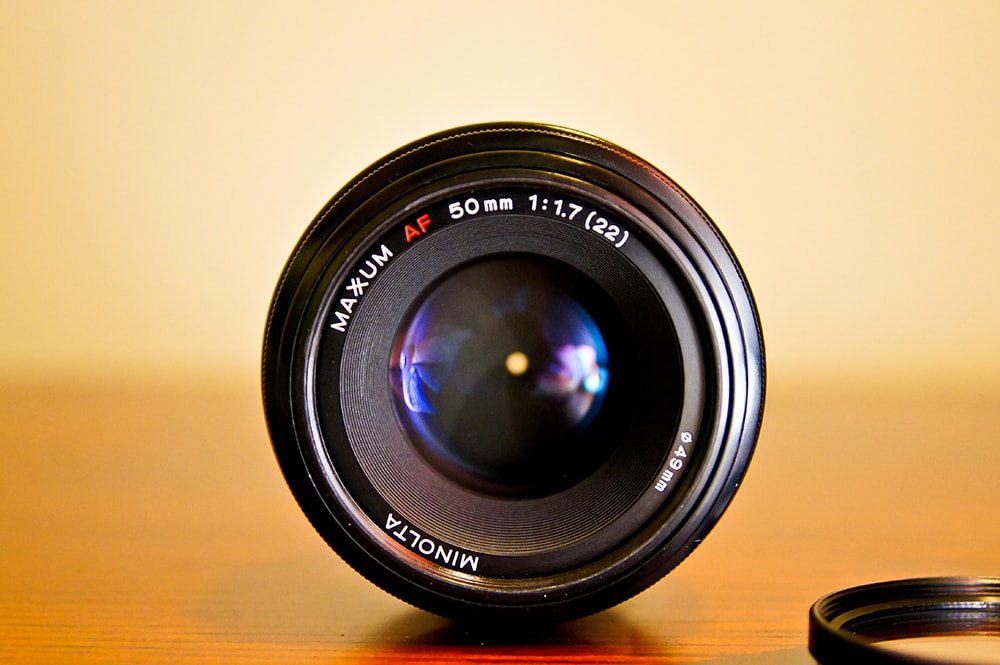Actionable Tips & Tricks to Pick the Best Lens
What is the best lens out there that you could possibly buy? Many a photographer has asked himself or herself that over the course of their career, which illustrates how vital this issue is to the quality of the images one takes.
The thing about a lens that comes with the DSLR that you buy is that it’s usually not the most versatile…which is why it’s a good idea to consider getting a better, more capable one. In general, any new lens that you’ll buy won’t be one that can do everything well. Rather, it usually has a specific feature or benefit that makes it worth buying. Here’s what to know to pick the best lens for your specific purpose.
When to Pick Wide-Angle Lenses

Wide-angle lenses are great for shooting a lot of photography real estate due to their scope. Sometimes referred to as the storytelling lenses, wide angles do their best work when they’re utilized for travel and vacation pictures. This is because their short focal length makes it easy for you to ensure that both the foreground and background are kept in focus simultaneously.
So if you’re about to go on a family vacation, backpacking all over Europe, or embark on a cruise with a lot of port of calls, then bringing a wide-angle lens with you is a smart and useful solution.
When to Go With Telephoto Lenses

Let’s first review what telephoto lenses are all about and what they can do for you. They excel at being used for portraiture, in general, as they’re intended to bring far-away objects much closer to you, but be warned that it’s all too easy for photographers to become somewhat lazy and lax when using these. It’s all too easy to simply let this lens do all the work for you when either your subject is uncomfortable with being photographed up close or when the subject is altogether unapproachable.
After all, good photography relies on getting close enough to your subjects to get that great shot. All told, telephoto lenses are ideal for things like bird watching (or other nature photographs), snapping passing airplane formations in the sky, or even for sporting events.
When to Select Fisheye Lenses

You can think of fisheye lenses as extreme wide-angle lenses, which is putting it lightly. Some fisheye lenses are designed to take in as much as a 180-degree view, so that’s pretty wide! Naturally, with this width, fisheye lenses will severely distort whatever you see inside the frame, but that’s the whole point. These lenses are great for shooting smaller and indoor areas or even large, outdoor expanses.
Of course, due to their severe distorting effect, they’re also popular for use in comic effect. Fisheye lenses can be so wide that they actually make your pictures look like mere circles with your camera shooting a portion of the interior of the lens barrel as well!
If you’re aiming for the appearance of severely exaggerated depth, then you should go with fisheye lenses, but sometimes they’re also useful if you absolutely need to capture everything in your frame.
To get a sense of what a fisheye lens will make your pictures look like when you start snapping away, simply look out the peephole of a door, and you’ll get the idea rather quickly.
When to Pick Your Basic Prime Lenses

So here’s the deal with prime lenses: They’re devoid of any complex zoom mechanisms. High-speed prime lenses, therefore, are often cheaper than zoom lenses with a similar speed, primarily because they possess fewer elements and don’t have that many moving parts.
Still a high-speed prime lens is advantageous for a couple of reasons. First, it’s easier to shoot with a higher speed in low light, and, second, it’s much more efficient to snap images where your subject is nicely in focus, yet everything else around it has been strategically blurred.
Prime lenses are available in everything from telephoto lenses to wide angles. However, the most widely used length is the 50mm lens (also called the “nifty fifty“), which is ideal for things like portraits, provided the accompanying DSLR comes with the best common size sensor. 50 millimeter prime lenses are also fantastic for your basic close-ups involving nature photography.
If you remember one thing about the use cases for prime lenses at all, it should be this: While primes don’t really have any special or extraordinary features, they’re still very valuable because they generally let you shoot all kinds of photos reasonably well. Unless you’re doing some very specific niche photography, it’s always a great rule to carry a prime lens with you when you’re shooting.
When to Decide on Macro Lenses

In case you don’t know, macro photography is taking extremely close-up shots of objects to make them appear super-huge. It’s a special type of photography that’s fun to try and makes for a good challenge for photographers of any skill or experience level.
Macro lenses are usually called into action when photographers want to shoot close ups of subjects like flowers and tiny insects. So if you have an interest in this type of photography, you’ll definitely want to attach a macro lens to your camera.
The benefit of these lenses is they allow you to capture stuff that’s too close for the human eye to see—which leads to some very curious and interesting shots, to say the least! Macro lenses are definitely more on the special side, but they’re an acquired taste that can do a lot of good in the right photographer’s hands.
A Lens for Every Occasion…
Hopefully, you now have a much better idea when to pick the best lens for each photography occasion. While a prime lens is definitely an all-around go-to lens, it fails to offer much in the way of special features or attributes. This safe choice produces good, overall images, but won’t cut it when you get into the more niche shots like macro and telephoto ambitions.
Knowing when to use each type of lens is key in selecting the perfect one for each shoot. Make sure you understand exactly what each lens type does in each situation before you make your purchase.
